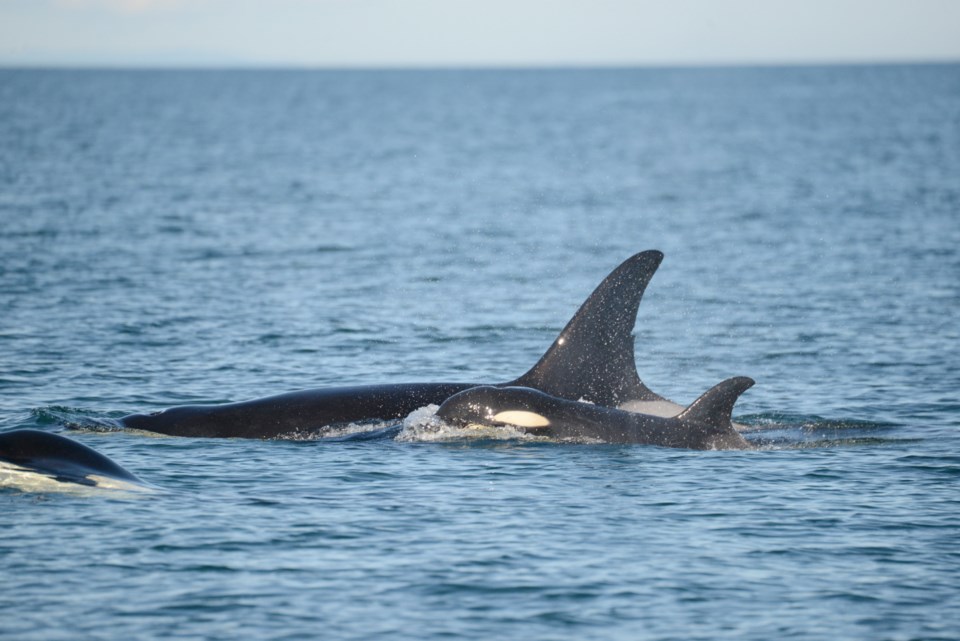Hopes for the recovery of southern resident killer whale populations have cooled one year after a “baby boom” for the endangered species.
The Center for Whale Research announced the death of J28 on Friday, saying it would also likely mean the death of her calf, J54.
There are now 80 southern resident killer whales, down from 85 in January.
“Mothers are dying and babies are dying, so it’s unrealistic to expect anything positive,” the centre’s Ken Balcomb said at a press conference in Seattle.
He said the circumstances of the orca’s death point to an alarming trend in the southern resident population: Mother whales don’t have enough food, leading to lower birth rates, maternal health problems and death.
Researchers believe the 24-year-old mother died as a result of birthing complications. The male calf was born in December 2015, at the tail end of the baby boom.
J28’s condition began deteriorating in January and she was emaciated by July. She is believed to have died early last week. Her absence was first noted on Oct. 19.
Although there are about 30 breeding-age females in the population, only 12 are producing offspring, Balcomb said.
“The real story is there’s an incredibly high rate of abortions — probably 60 to 70 per cent.”
In the animal world, the term abortion is used to describe what a human would experience as a miscarriage, he said.
In the 1970s, when there were enough chinook salmon to keep the whales healthy, studies showed that a female could produce a viable calf every three years, with an average gap of five years, Balcomb said.
If all 30 breeding-age females were producing at that rate, there would be five to 10 viable calves born each year.
The obvious problem is a lack of food, Balcomb said. Without enough chinook salmon to eat, the mother and fetus begin relying on the mother’s blubber for sustenance. But toxins —such as polychlorinated biphenyl, that interfere with hormones — are more concentrated in blubber than in fish, which increases the chance of health problems, he said.
In 2014, one orca’s fetus died in utero and became septic, killing the mother, he said.
“We’ve had a number of other females with a prolapsed uterus who died four to five months after the baby was born,” Balcomb said.
The “baby boom” over the course of 2014 and 2015 saw nine calves born to the southern residents. Five remain alive, which is about the expected survival rate, Balcomb said.
At only 10 months old, J54 will likely die, if he hasn’t already, Balcomb said. The calf is too young to survive without a milk supplement, and no lactating females have adopted him.
Southern resident killer whales were historically counted at about 200 in the late 1800s, according to the U.S. National Oceanic and Atmospheric Administration. In the 1960s, about 47 whales were removed from the Salish Sea. The population fell to 67 whales in 1971. By 2003, the population had increased to 83.
Restoring chinook salmon stocks is vital to protecting the southern resident killer whales, Balcomb said. Barriers include a lack of political will to organize dam breaches on the Lower Snake River in Washington state and stop overfishing the Fraser River in B.C., he said.
Stan Proboszcz, a fisheries biologist with Watershed Watch Salmon Society, said many B.C. rivers are recording chinook declines this year.
He said contributing factors for the decline are warming water as a result of climate change and susceptibility to pathogens and disease, which can spread from open-pen nets on fish farms to wild stocks.



